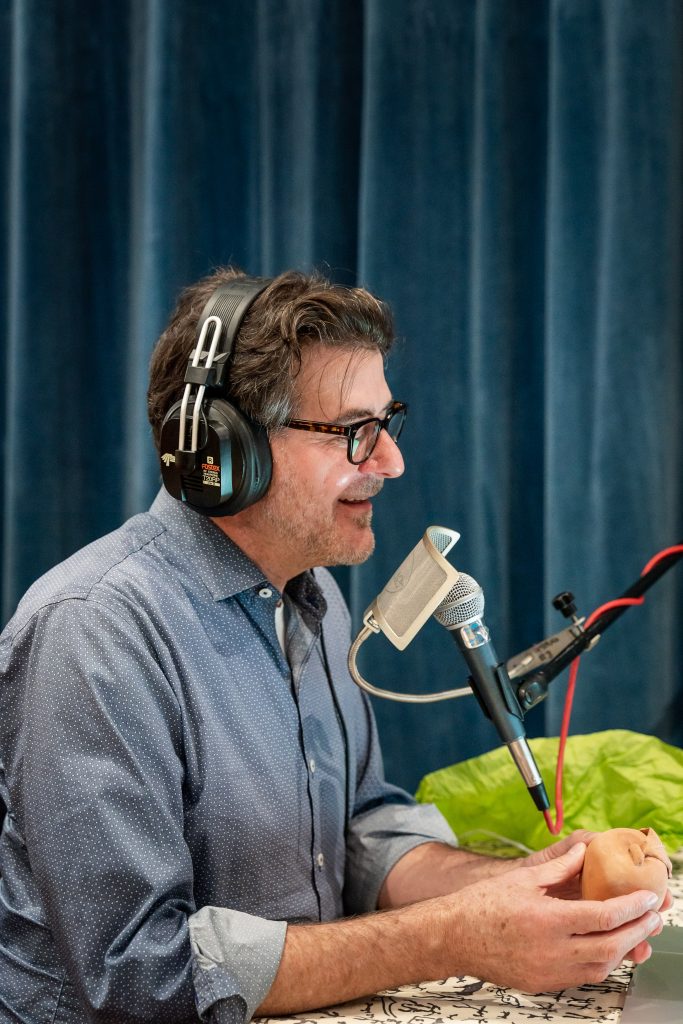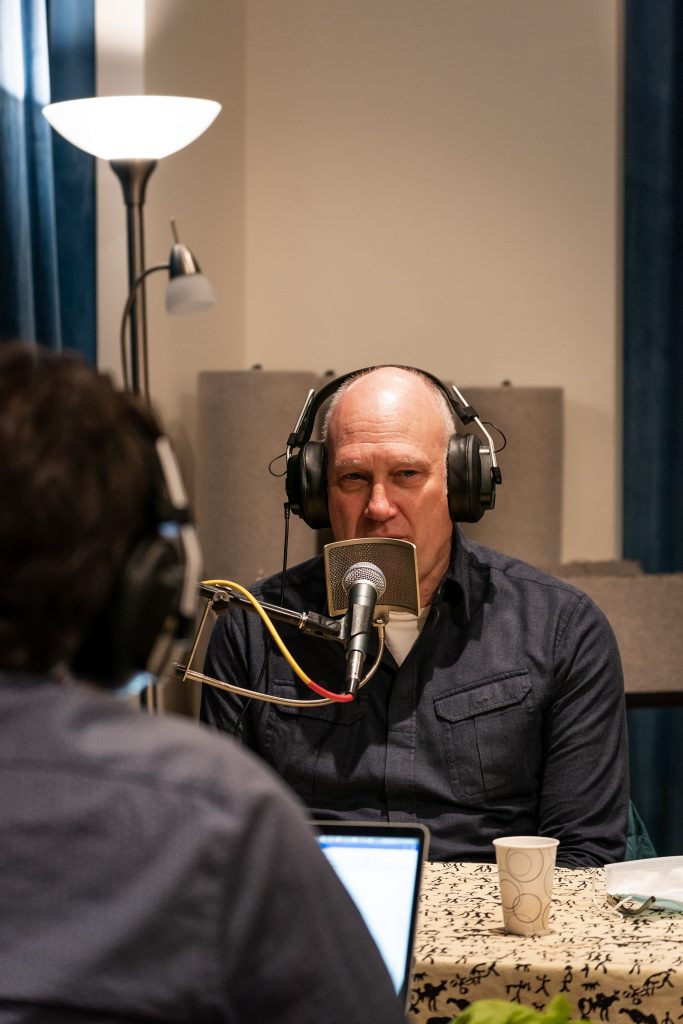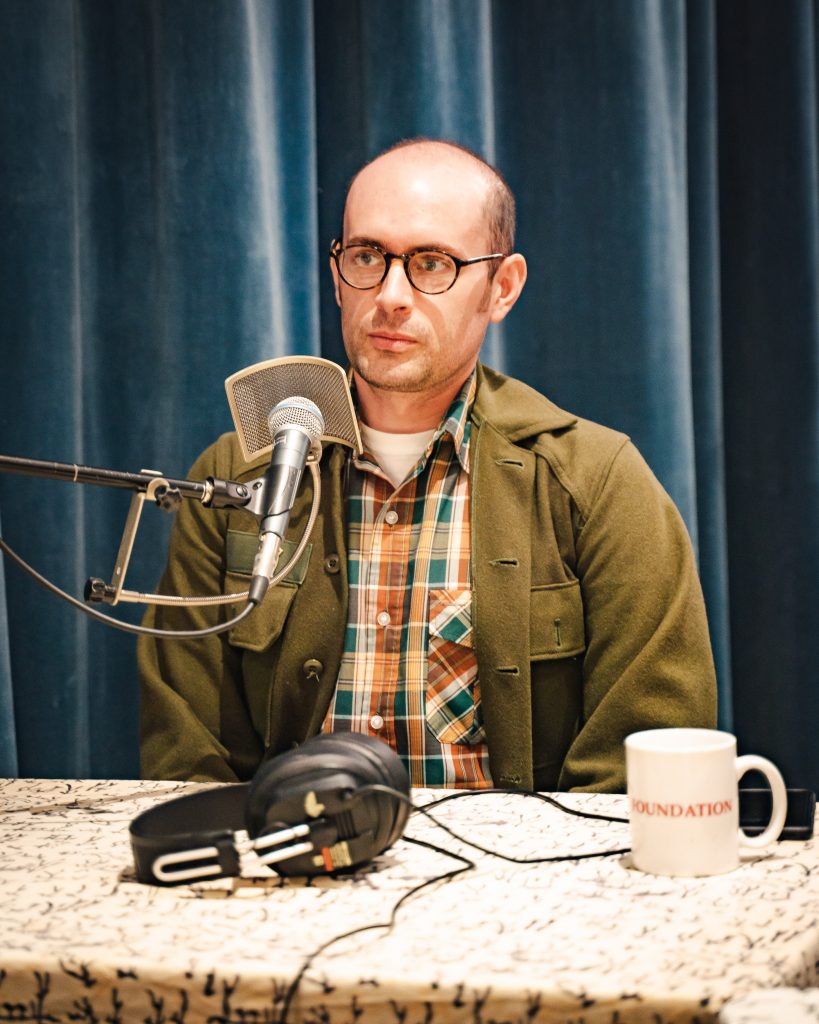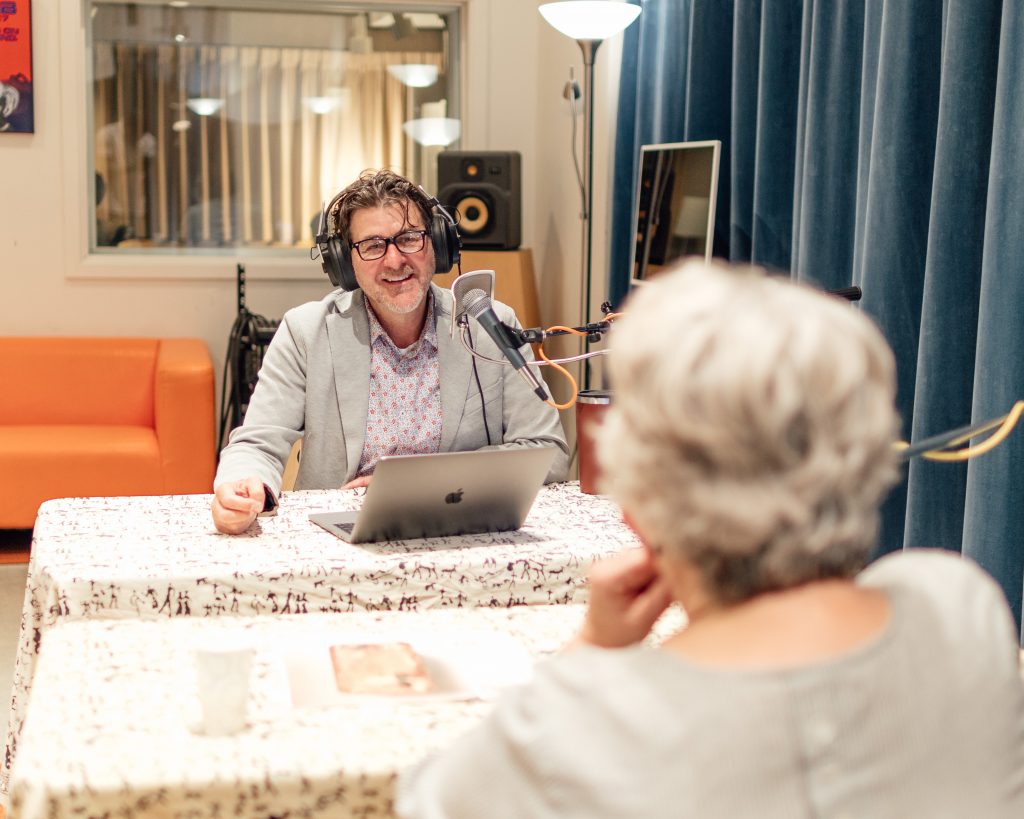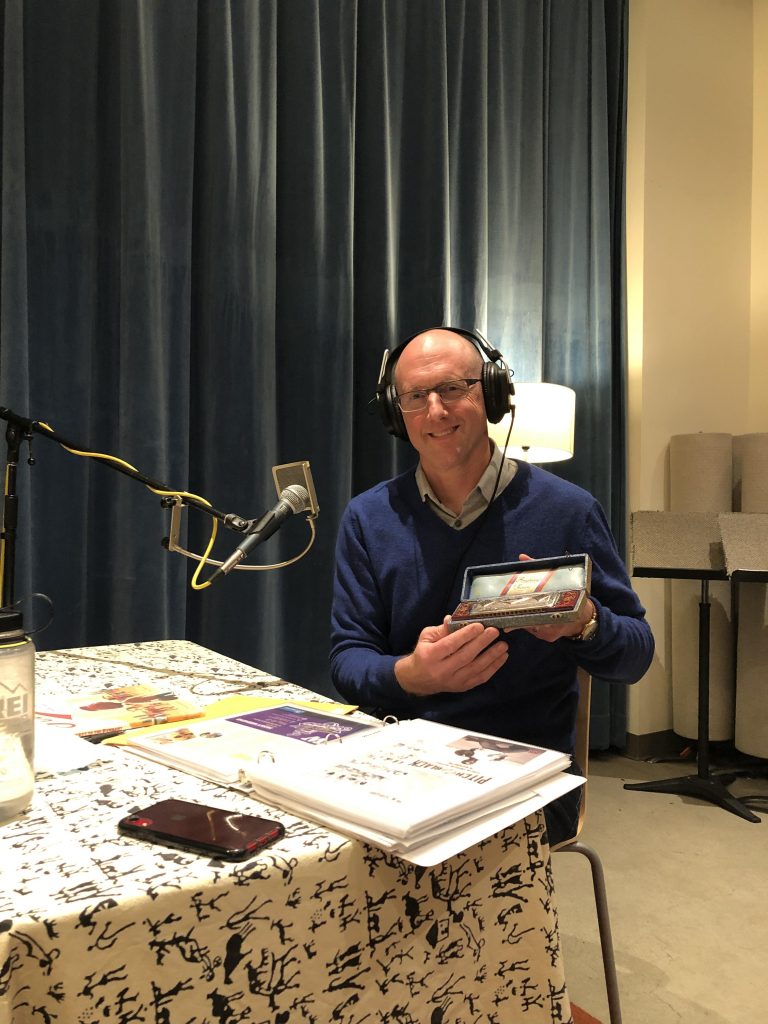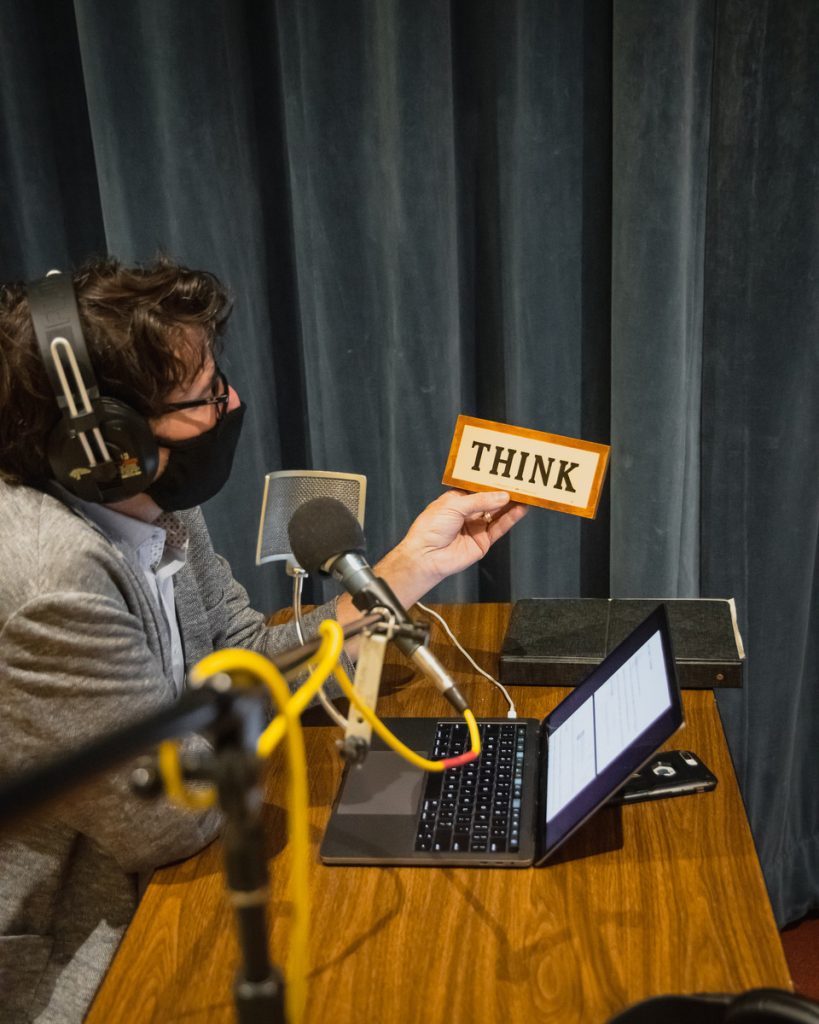Join us in our final episode of 2021 with guest Richard Hartlage, Founder & CEO of Land Morphology. His firm has designed gardens for the Chihuly Garden and Glass at Seattle Center, the upcoming 20-acre Seattle Waterfront Park, and the private gardens of celebrities and CEO's nationwide.
Richard will explain how thoughtful and intelligent garden design has engendered joy and happiness by activating all of our senses, across millennia and across cultures.
We will learn how important this form of happiness can be in harried urban centers such as Seattle.
"I garden. And gardening is about a craft. I don’t say that we practice an art form. I think art asks questions and design answers questions." - Richard Hartlage
Join us in this episode for a conversation with Tom Heuser, President of the Capitol Hill Historic Society, and artist-photographer Lana Blinderman about the distinctive though oft-overlooked architectural history of Seattle’s Capitol Hill neighborhood.
For decades, the Hill’s midcentury apartments and condominiums provided architectural ambiance and offered relatively affordable housing, becoming spaces for communities and cultures to gather. Thanks to a grant from King County's Arts & Heritage organization 4Culture at the start of the pandemic, Tom and Lana were able to survey their vibrant neighborhood's multifamily buildings. Tune in to hear about what they discovered in city courtyards and alleys and the aesthetic and civic importance of documenting architecture.
“[P]eople adapt buildings to what they need and buildings grow with people.” - Lana Blinderman
Join us in this episode to hear from Nick Bratton, Senior Director of Policy for Forterra.
Since 1989, Forterra has secured over 275,000 acres of land through over 450 land transactions. From the farmlands and river canyons of Yakima to the estuaries and forests of Washington’s coastline, Forterra safeguards a healthy environment. The organization also fosters community resilience through land acquisition, In 2013 Forterra negotiated and fronted the purchase from a private timber company of over 50,000 acres in the headwaters of the Yakima Watershed – the largest land transaction in Washington State in 45 years. Farsighted collaboration with the Washington Department of Fish and Wildlife and the Department of Natural Resources created the enormous Teanaway Community Forest, a wooded recreation area about the size of Seattle and an inspiring model for public-private partnerships in land conservation.
Nick explains how Forterra has guided smaller cities (including Issaquah, Tukwila, Everett, and Kirkland) as they transition from suburbs into small urban areas while embracing land stewardship. He provides a primer on Forterra's innovative transfer of development rights (or TDRs) from the rural areas and wilderness to cities like Seattle, to the benefit of both.
“We had to integrate funding and business models and enterprise from the private sector.” - Nick Bratton on public-private partnership in conservation
Join us in this episode with Doreen Alhadeff, co-founder of the Seattle Sephardic Network and the first Jewish American to receive Spanish citizenship under a 2015 law permitting descendants of Jews expelled from Spain in the fifteenth century to apply for citizenship.
Enjoy Doreen’s reminiscences about her childhood and youth in multiethnic Seward Park. Doreen recounts the rich linguistic tapestry of her extended family, which had its roots in fifteenth-century Spain and had come to Seattle by way of Istanbul and New York, among other places, bringing with them Sephardic traditions and foods that bore the traces of their journeys.
“The idea of watching out for others, because you knew others in the neighborhood, you knew them well, was very important.” - Doreen Alhadeff on growing up in Seward Park
Join us in this episode with Mark Holtzen, author of A Ticket to the Pennant, a children’s storybook exploring Seattle’s Rainier Valley, circa 1955, through the eyes of a young baseball fan.
This was the era of Sick’s Stadium, home of the Seattle Rainiers, who played in the now-defunct Pacific Coast League. Mark’s ingenious narrative takes us on a journey through the soundscape generated by the stadium and the multicultural neighborhood surrounding it. Hear about Mark’s feats of storytelling, spanning both teaching and writing.
“When we’re passionate about a sport, it creates community.” - Mark Holtzen
Join us in this episode with Marga Rose Hancock and Rosalie Daggett, board members of the Queen Anne Historical Society.
Marga and Rosalie walk us through the delights of Queen Anne. One of Seattle’s oldest neighborhoods, Queen Anne is a vibrant collage of stately Old Seattle mansions, charming hilltop parks, and urban amenities, including some of the city’s best restaurants. Listen until the end to hear from a special guest who once lived in an old Queen Anne apartment building. Spoiler alert: he will add his favorite Queen Anne ghost stories.
"Three things: the water, the mountain, and the sun when it comes out.” - Rosalie Daggett
Join us in this episode for a chat with Christine Mahler, executive director of the Washington Wildlife & Recreation Coalition.
Our region is nationally and globally known for the dramatic beauty of its landscapes and seascapes. Yet many of these natural environments could not exist without the active and vigilant stewardship of myriad public and private organizations. Christine discusses the creation and preservation of the Pacific Northwest’s most beloved outdoor spaces – from urban wildlife areas and family farms to tiny pocket parks – through an unusually broad bipartisan coalition involving hunters, tribal governments, environmentalists, labor unions, and corporations.
“It’s all truly interconnected. What impacts native grasses impacts the turtles and then it impacts the birds and the fish.” - Christine Mahler
Join us in this episode for a conversation with Christopher Patano, AIA, founder and studio director of Patano Studio.
Chris’s diverse architectural/landscape architectural portfolio includes parks, aviation facilities, schools, factories, corporate headquarters, transportation facilities, and private residences. His architectural journey began in his native Coeur d’Alene, Idaho, and remains informed by Northwest materials and idioms, although it has taken him to such far-off places as Salerno, Italy.
Among Chris’s most remarkable projects is the award-winning, all-electric, curvilinear observatory at Goldendale Observatory Park in southwestern Washington, close to Portland and an easy drive from Seattle, which was published in Architectural Record in 2021. Inspired by astral bodies in orbit, the Goldendale Observatory boasts an unusually large public telescope and innovative late-night public programming. Patano Studio has risen to the challenge of carbon neutrality by 2030.
Prepare to be dazzled by Chris’s insights into sustainable design and construction – for instance, his preference for CLT (cross-laminated timber) over steel, as the wood product is much more fire-retardant and has a smaller carbon footprint.
“Building nature.” - Christopher Patano
Have you ever wondered how the names of Seattle’s neighborhoods evolved over time? The University District, for instance, was once called Brooklyn.
Join us in this episode with architectural historian Adam Alsobrook, AIA, who expertly reads old buildings, vintage neon signs, industrial history, archaic electrical systems, postcard collecting, masonic architecture, and the history of demolition. Adam suggests that historical preservation is often informed by race and class and calls for continued emphasis on the preservation of the histories of the working class and people of color.
“One person’s treasure is another person’s garbage.” - Adam Alsobrook
Join us in this episode for a conversation with leading broker Bob Bennion of Compass Real Estate.
Over the course of his 30-year career, Bob has rubbed shoulders with some of the region’s titans of industry, as well as leaders in the arts, science, and medicine. With an infectious and classically casual PNW demeanor and tone, Bob identifies changes and trends in the real estate market over the years, including, most recently, a decreasing appetite for square footage and a turning away from tech-heavy residences.
“Our house is our palace.” - Bob Bennion



